(CLO) Advances in genetic engineering and synthetic biology are making the idea of resurrecting extinct animal species a reality.
Colossal Biosciences, the company behind the woolly mammoth, dodo and Tasmanian tiger resurrecting project, has raised an additional $200 million, bringing its total investment to $435 million since its founding in 2021.
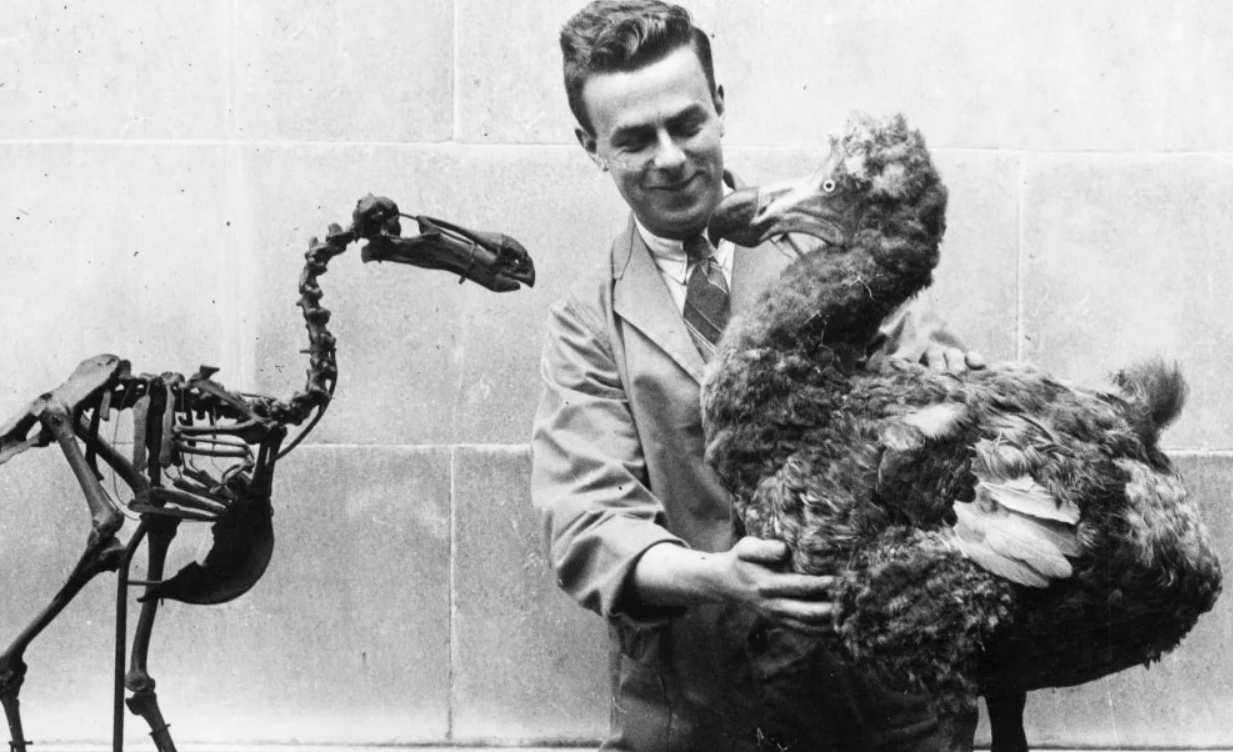
In 1938, the skeleton of a Dodo bird was displayed opposite a reconstruction of the extinct bird at the National Museum of Wales in Cardiff. (Photo: GI/Getty)
Their goal is to recreate creatures once seen only in black-and-white photographs, museum specimens, and fossils, and return them to their natural habitats within a decade. Resurrecting extinct animals would not only help preserve endangered species, but also improve ecosystem resilience to climate change.
Restoring Extinct Species: Possible or Not?
Scientists are experimenting with three main techniques to revive extinct species: cloning, genetic engineering, and traditional backbreeding.
Cloning produces animals that are almost genetically identical. Dolly the sheep became the first mammal to be cloned nearly 30 years ago, and scientists recently cloned the endangered black-footed ferret. However, it is unstable and difficult to apply to species that have long since disappeared.
Grazelands Rewilding in the Netherlands is recreating the aurochs, a species of cattle that appears in prehistoric cave paintings, by selectively breeding genetically similar domesticated cattle. The giant animals disappeared in the 17th century. The seventh generation of tauros cattle is now 99 percent genetically identical and has physical and behavioral characteristics similar to its ancestors.
Colossal Biosciences is using gene editing to recreate woolly mammoths, dodos, and Tasmanian tigers. By editing the genomes of closely related species (like Asian elephants to woolly mammoths), they hope to create hybrid creatures that are indistinguishable from the original species to the naked eye.
Colossal has attracted a number of high-profile investors, including Peter Jackson, Paris Hilton, Tom Brady, Tiger Woods, and major investment firms. The latest funding, $200 million, comes from TWG Global, owned by Mark Walter.
How close are scientists to bringing extinct species back to life?
With significant funding, Colossal Biosciences is making significant progress in resurrecting lost species. The company is focusing on three main projects: the mammoth, the Tasmanian tiger, and the dodo.
Colossal has created the first induced pluripotent stem cells (iPSCs) from Asian elephants. These cells can be transformed into any type of elephant cell, allowing scientists to make the genetic tweaks needed to adapt to cold climates.
The Tasmanian Tiger, or Thylacine, project is progressing faster than expected. The team has made 300 gene edits to a cell line from the fat-tailed dunnart, the species chosen as the basis for recreating the thylacine. Colossal has also sequenced the highest-quality ancient genome ever.
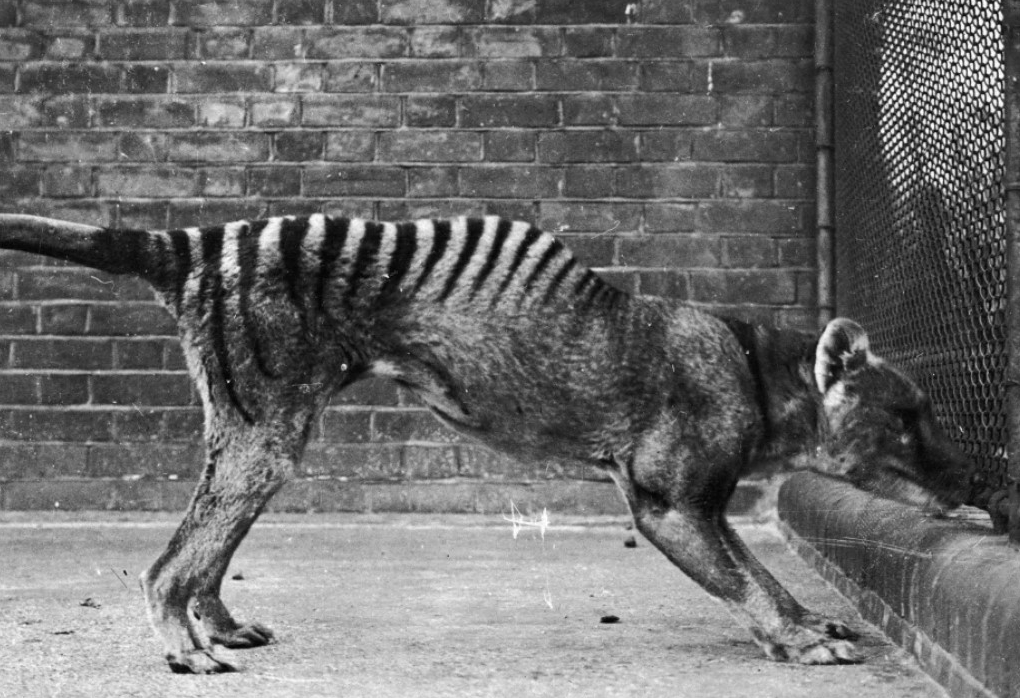
A Tasmanian tiger, also known as a thylacine, in captivity, circa 1930. (Photo: GI/Getty)
The dodo is the most challenging project. The company is using the Nicobar pigeon, the dodo’s closest relative, to create stem cells and edit genes to recreate the bird’s characteristics.
Many of Colossal’s advances have not been published in scientific journals, preventing them from undergoing peer review. This reduces the ability to verify and share knowledge with the research community.
Colossal has attracted a number of prominent scientists, including Beth Shapiro, the company’s chief scientific officer. Although initially skeptical of Colossal’s goals, Shapiro now believes the biological tools developed in the process could aid in the conservation of threatened species and ecosystems.
Shapiro emphasizes that it is impossible to completely recreate an extinct species, because once it is gone, it cannot be brought back. However, biological tools can create close relatives and help protect endangered species.
In addition to reintroducing lost species, Colossal is heavily invested in conservation, including work to save the world’s most endangered rhinoceros: the northern white rhino. The company is also collaborating on a vaccine for herpes, which threatens elephants, and working with Re:wild to apply biotechnology to ecosystem restoration.
Ha Trang (according to CNN)
Source: https://www.congluan.vn/cac-nha-khoa-hoc-tien-gan-den-kha-nang-hoi-sinh-nhung-loai-da-tuyet-chung-post330817.html


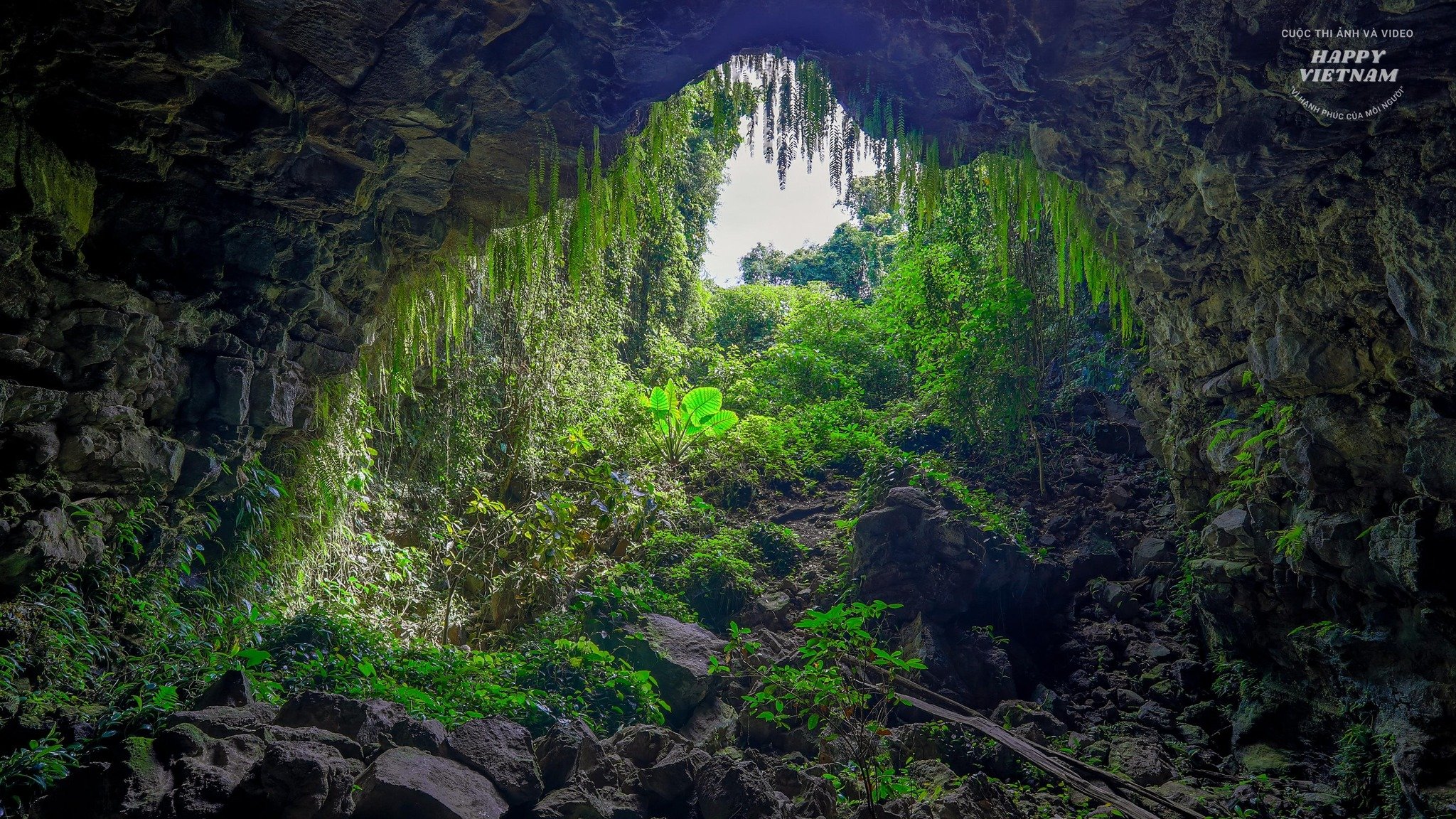
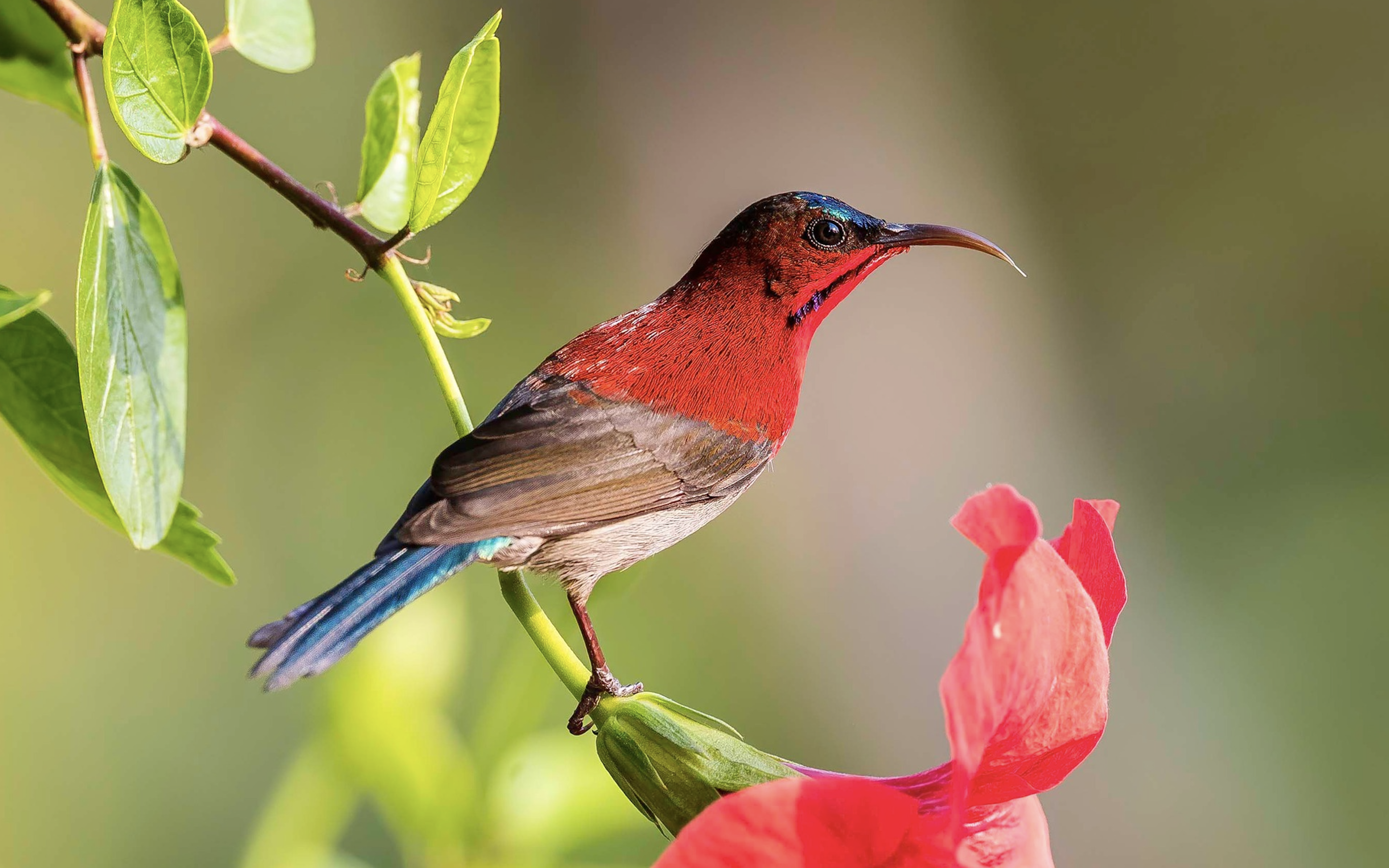


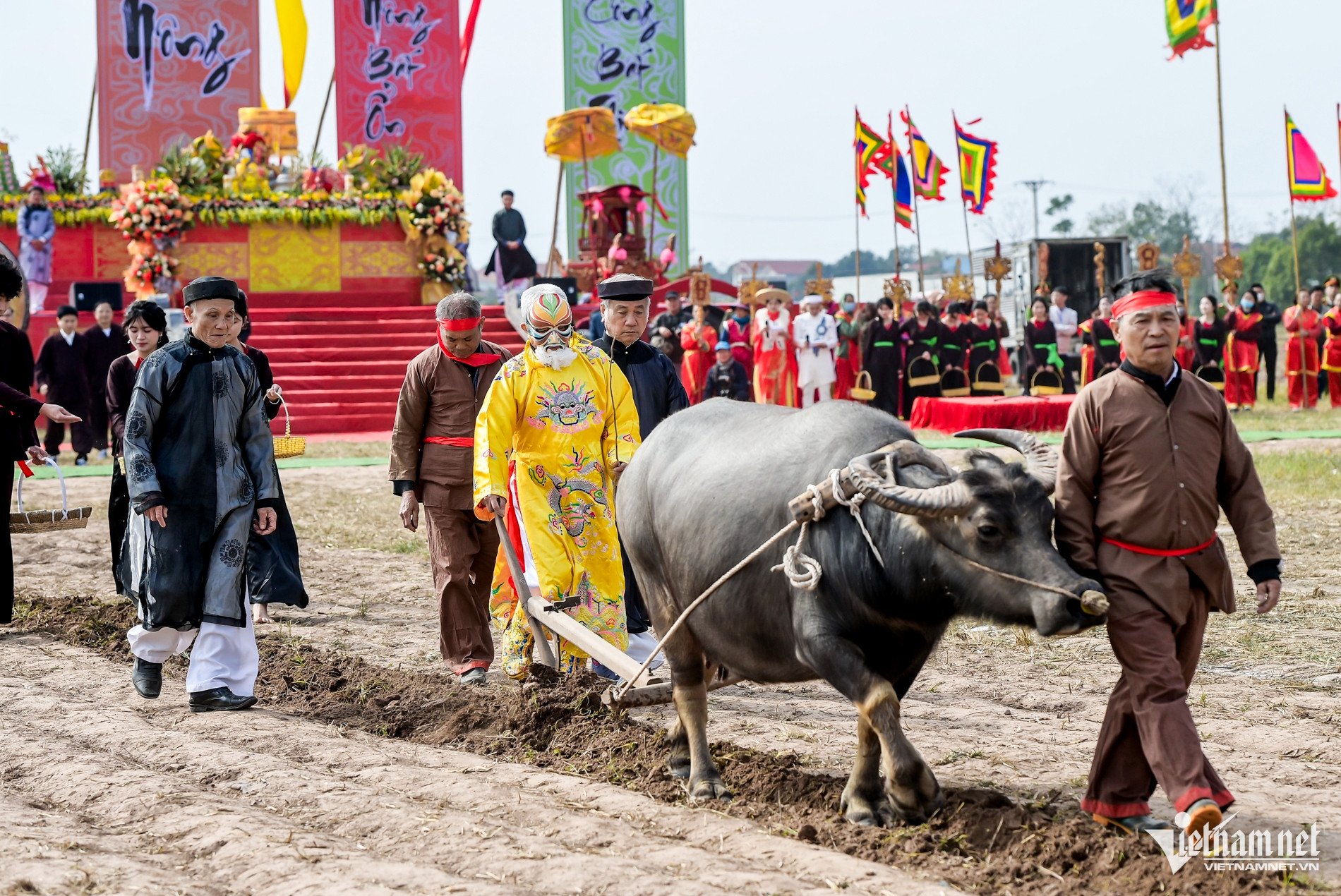






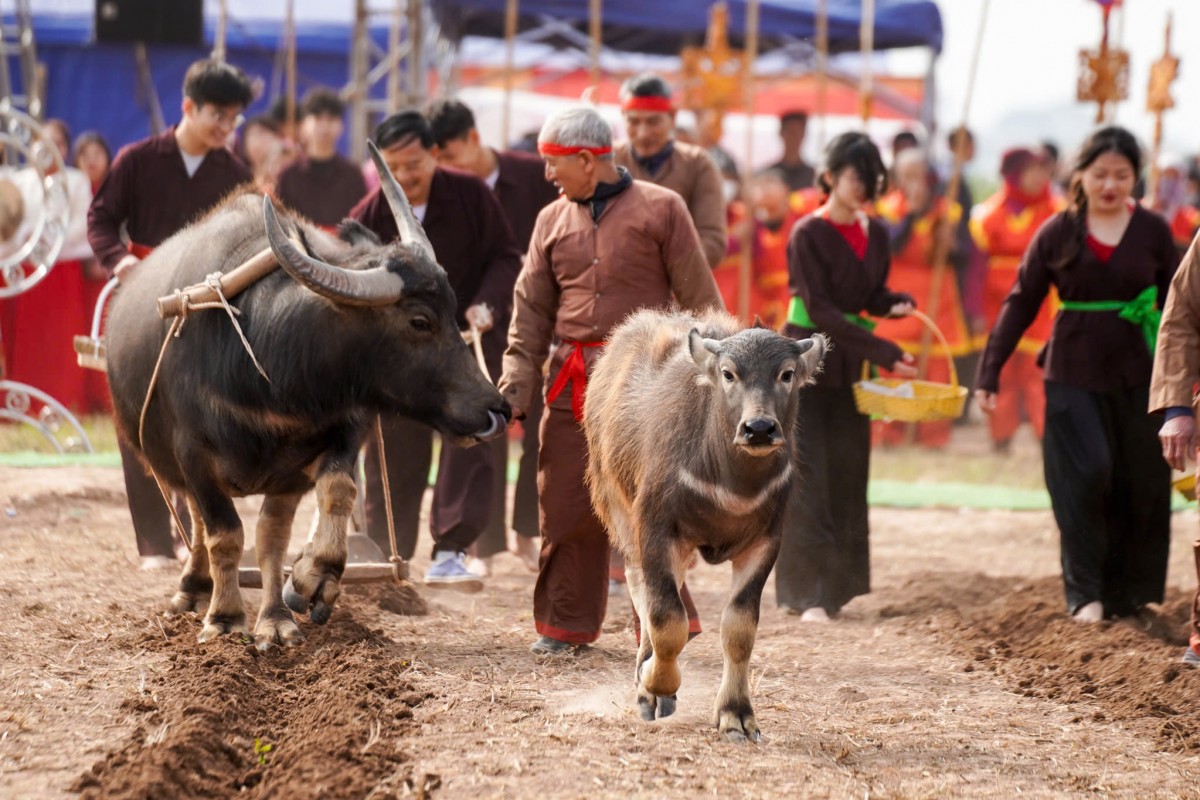










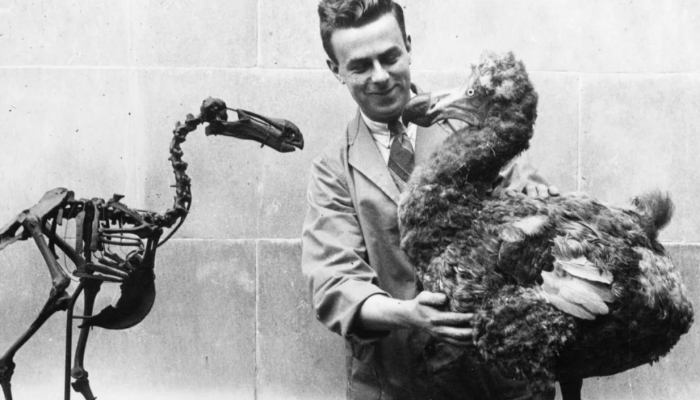







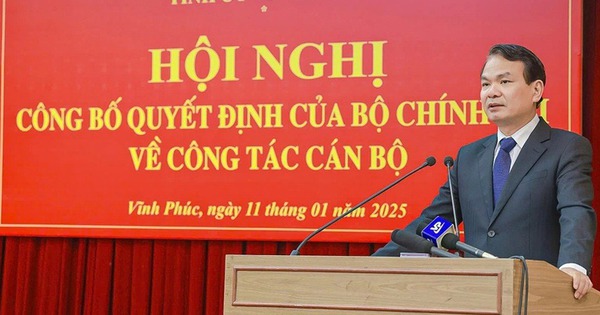



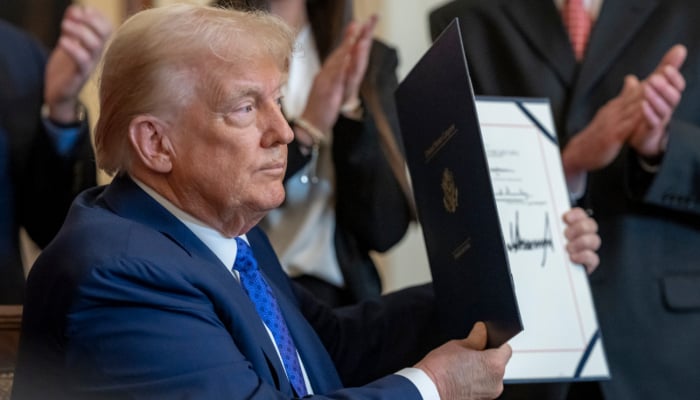

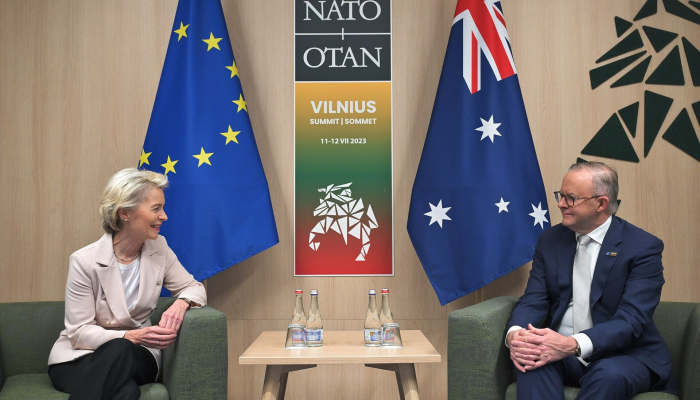

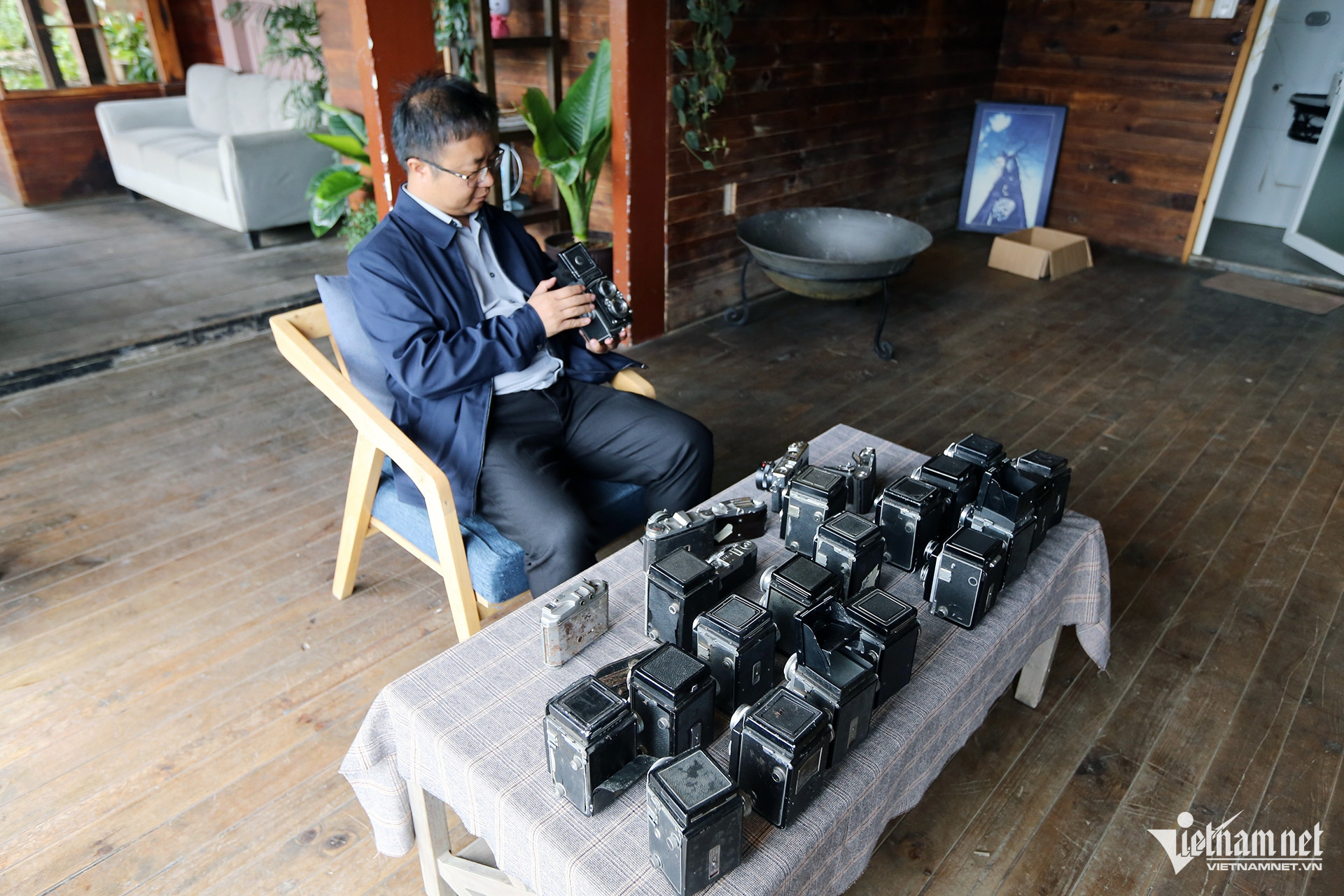






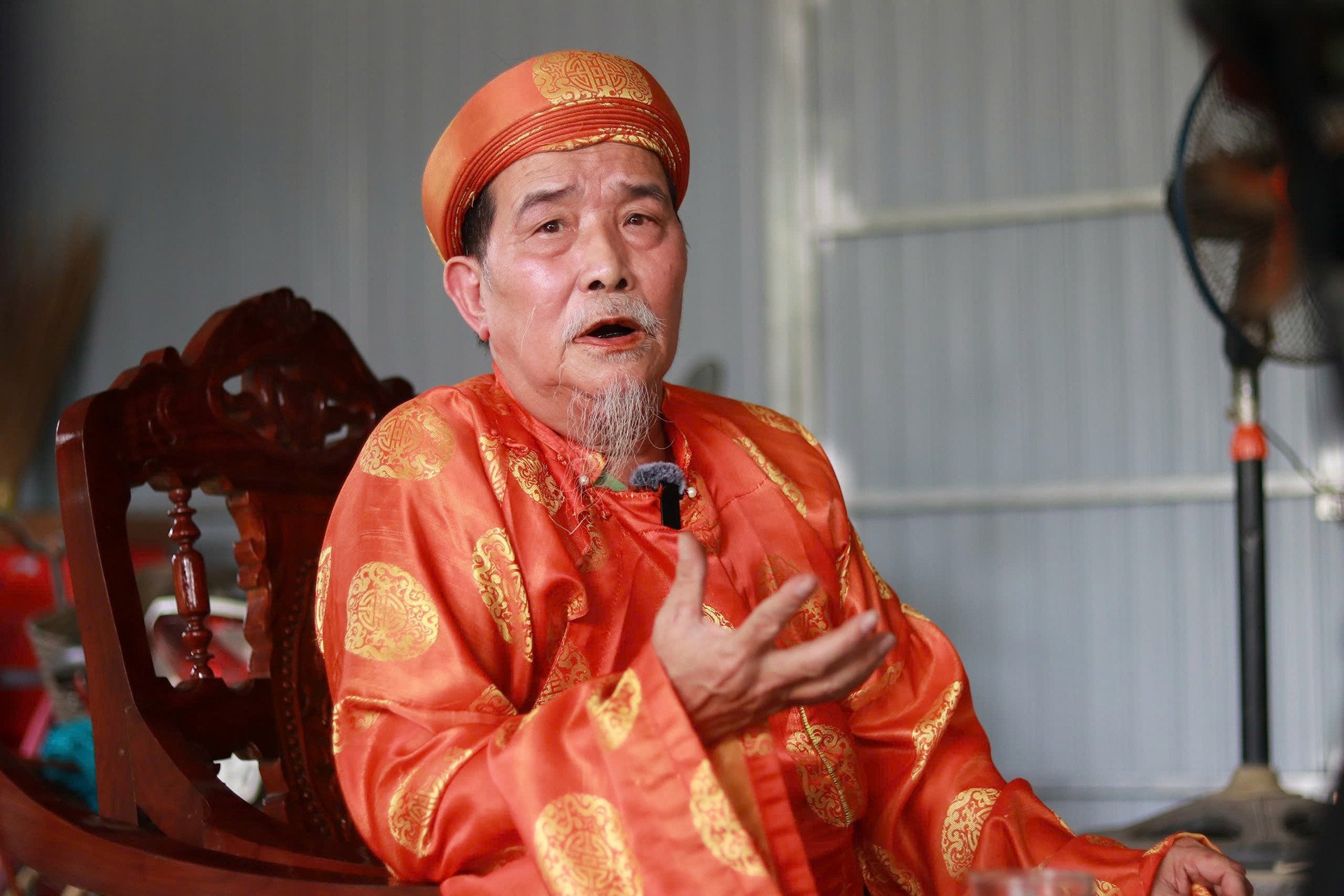
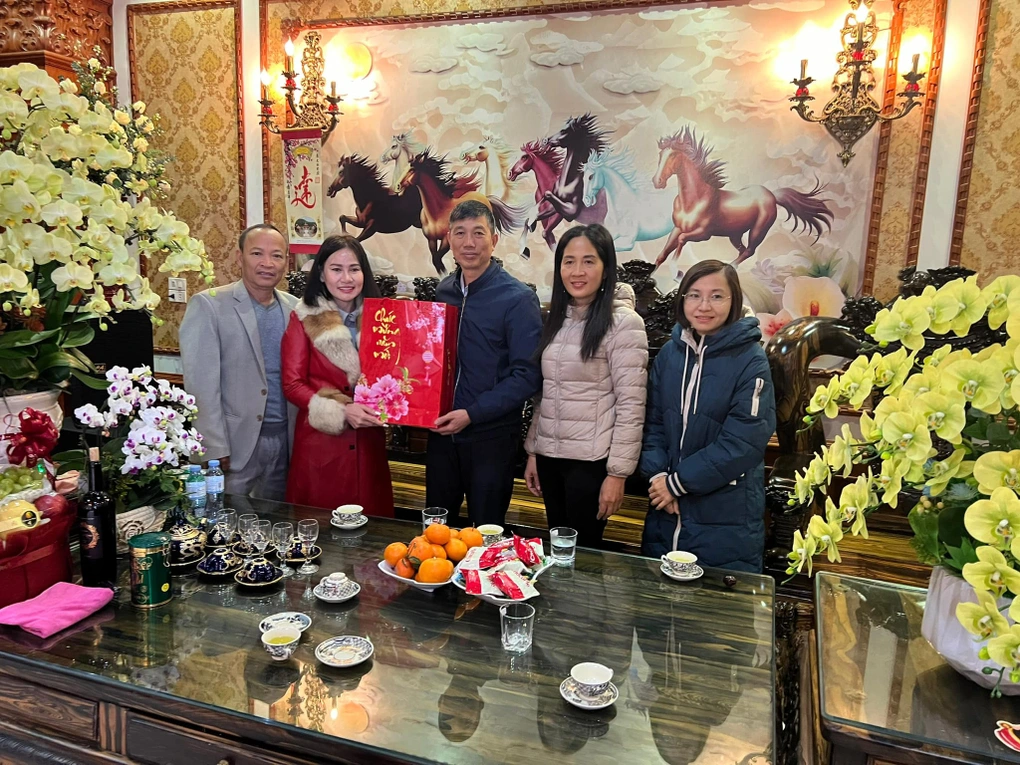





Comment (0)